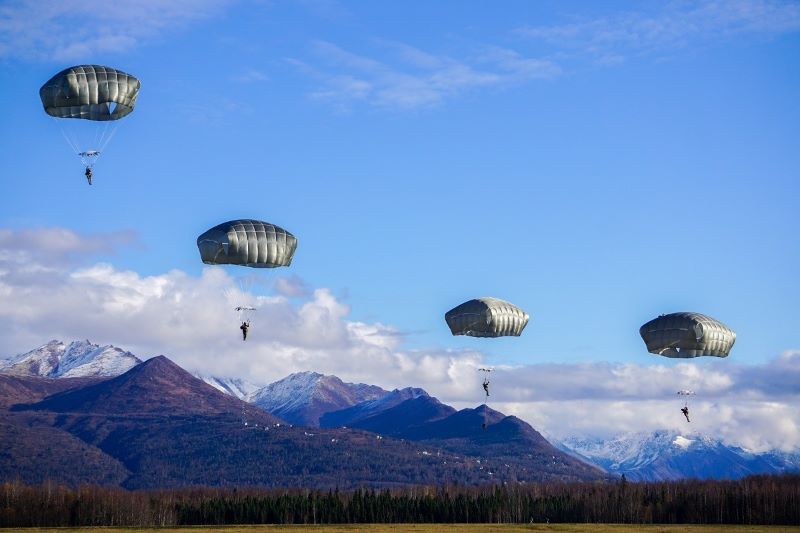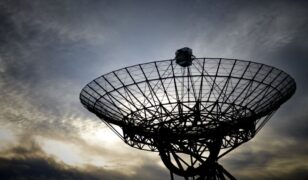The Army plans to replace the legacy Joint Automated Deep Operations Coordination System (JADOCS) with a new program referred to as Joint Targeting Command and Coordination System (JTC2S). Questions are due no later than 5:00 p.m. Eastern on July 26. Responses are due by 5:00 p.m. on August 18.
JTC2S will provide joint and organic Army fire support management for joint, coalition, and echelon target development and management via access to joint and multi-domain target intelligence databases. JTC2S enables commanders at select battalions through theatre levels throughout the Army, Air Force, Navy, Marine Corps, Special Forces and Coalition partners, to integrate targeting efforts into a single federated user interface via a joint fires/targeting common operational picture (COP).
This digital integration of U.S. and allied fires will provide a capability for nominating, vetting and validating suspect targets, determining methods of engagement, matching weapons effects to desired target battle damage, conducting targeting and risk mitigation in a coordinated and collaborative digital environment for both deliberate and dynamic targeting
JTC2S will provide access to an entity-centric data fabric in order to federate and integrate up-to-date target information; provides digital targeting development in coordination with the Intelligence warfighting function and Mission Command Warfighting function enabling access across multiple means of transport. It will also have capability to process a high volume of fires in a contested Large Scale Combat Operations (LSCO) environment, similar to how United States Forces Korea (USFK) support Republic of Korea (ROK) forces in the counter-fire fight today.
Requirements
PM MC is seeking responses from interested parties that provide insights into how industry may go about meeting the JTC2S requirements as described within this RFI. Specific areas that responses should focus on are as follows:
- How the capabilities of JTC2S could be implemented to align with Command Post Computing Environment (CPCE). This may include implementation of JTC2S directly within the CPCE environment or as an external application that is able to integrate with CPCE.
- What opportunities may exist to leverage existing solutions (commercial, government, science and technology initiatives) to meet some of the existing JTC2S requirements without the need for clean slate development. Names of possible solutions along with experience industry has with them are desired for responses to this requirement.
- Specific JTC2S capability areas that responses to this RFI should focus on area as follows:
- Integration and storage of targeting databases, from national and component systems and provide an interface to read and write back to those databases (DB).
- Ingest and display of data (4D) from various mission command (Army and Joint) systems (from Air, Land, Maritime, Special Operation Forces (SOF), Cyber and Electromagnetic Activities (CEMA), Joint, Partner Nations, etc.).
- 4D visualization (time, distance, function, control measures, enemy and friendly (air, ground maritime, information operations, CEMA, etc) actions, positions, etc.) with multiple periods of targeting activities, with play back capability.
- Battlefield tracking and assessment of targeting actions against targeted systems/functions at echelon.
- Support common mapping tool kit usage such as grids/distance conversion; visualization like line of sight, viewshed, weapons effect; and ability to build and display graphics such as boundaries, area of interest, etc; build and display coordination measures (fire, air, etc) in three dimension space.
- Geospatial filtering on standard and 3d map.
- Fires managers at echelon linked by command relationship, includes higher and current organization targets.
- Ability to nominate targets from a common dash board or from the targeting database.
- Ability to tie multiple actions to single or multiple targets in a given period of time.
- Ability to ingest and display/battle tracking enemy order of battle, with dynamic updates for other systems.
- Conduct predictive analysis and battle damage assessment on enemy systems, based on actions and cumulative intelligence data.
- Receive and display the military combined obstacle overlay, continuously updating.
- Receive and display the effects of weather through the 4D visualization.
- A common dashboard with interactive map and data dashboard, which can be played in the 4D visualization.
- Received and display overlays from various systems.
- Operate as standalone or part of web system.
- Shall be able to operate in low to zero band width environment.
- Harden against hacking and cyber-attacks.
- Able to send and receive J-series, U.S Message Text Format (USMTF) series, and K series messages.
- Multi-form collaboration within the tactical, operational, and/or strategic community of interest. Multi-form Collaboration will enable the sharing of ideas and communication amongst multiple participants, locally and geographically dispersed, and promotes situational understanding between superiors, subordinates, and peers in the form of sketching, highlighting, verbal interaction, and gesturing through voice, text, chat, data, video, white boarding, map boarding, messages, and shared applications throughout the planning and execution processes
Source: SAM









